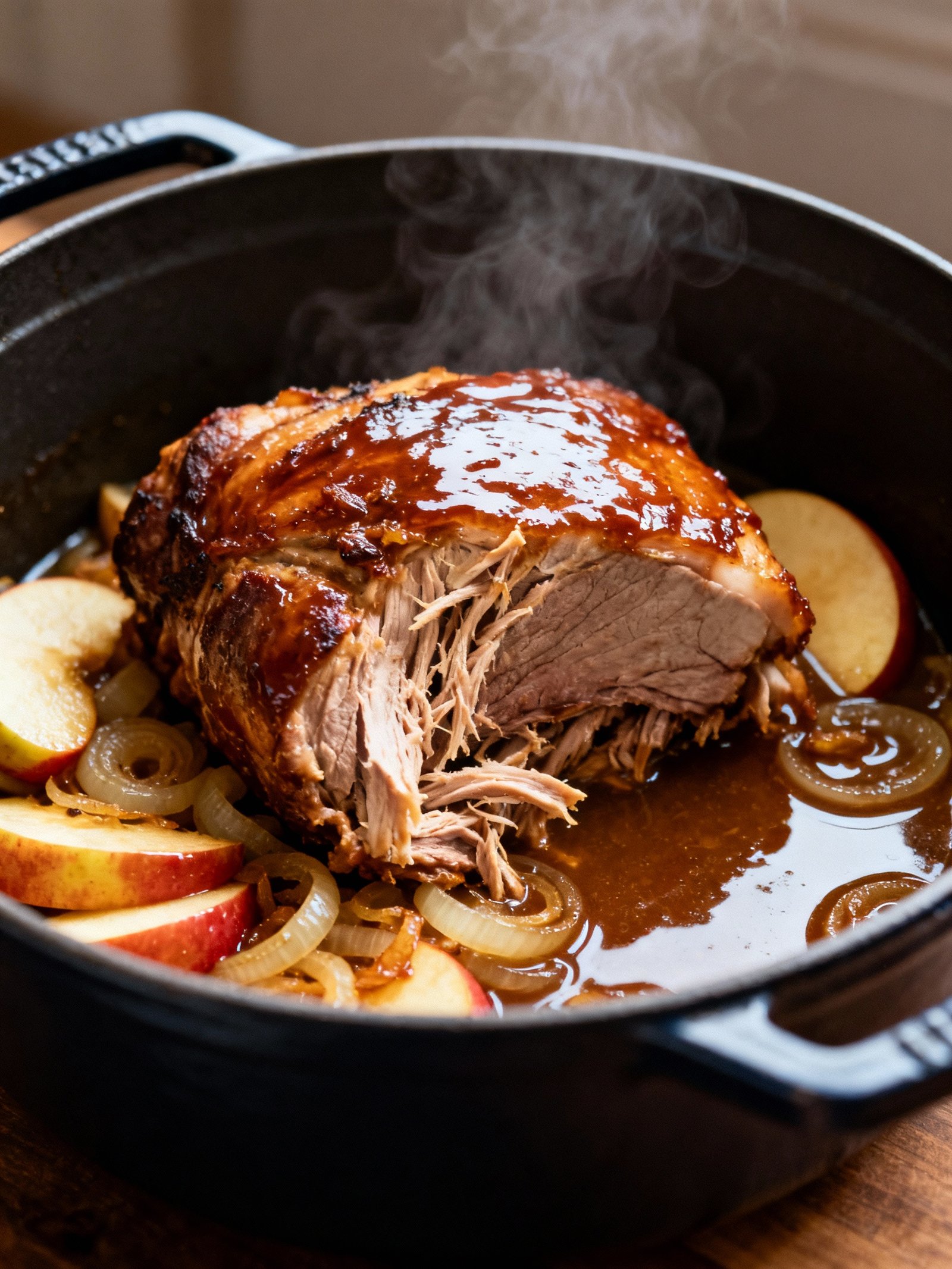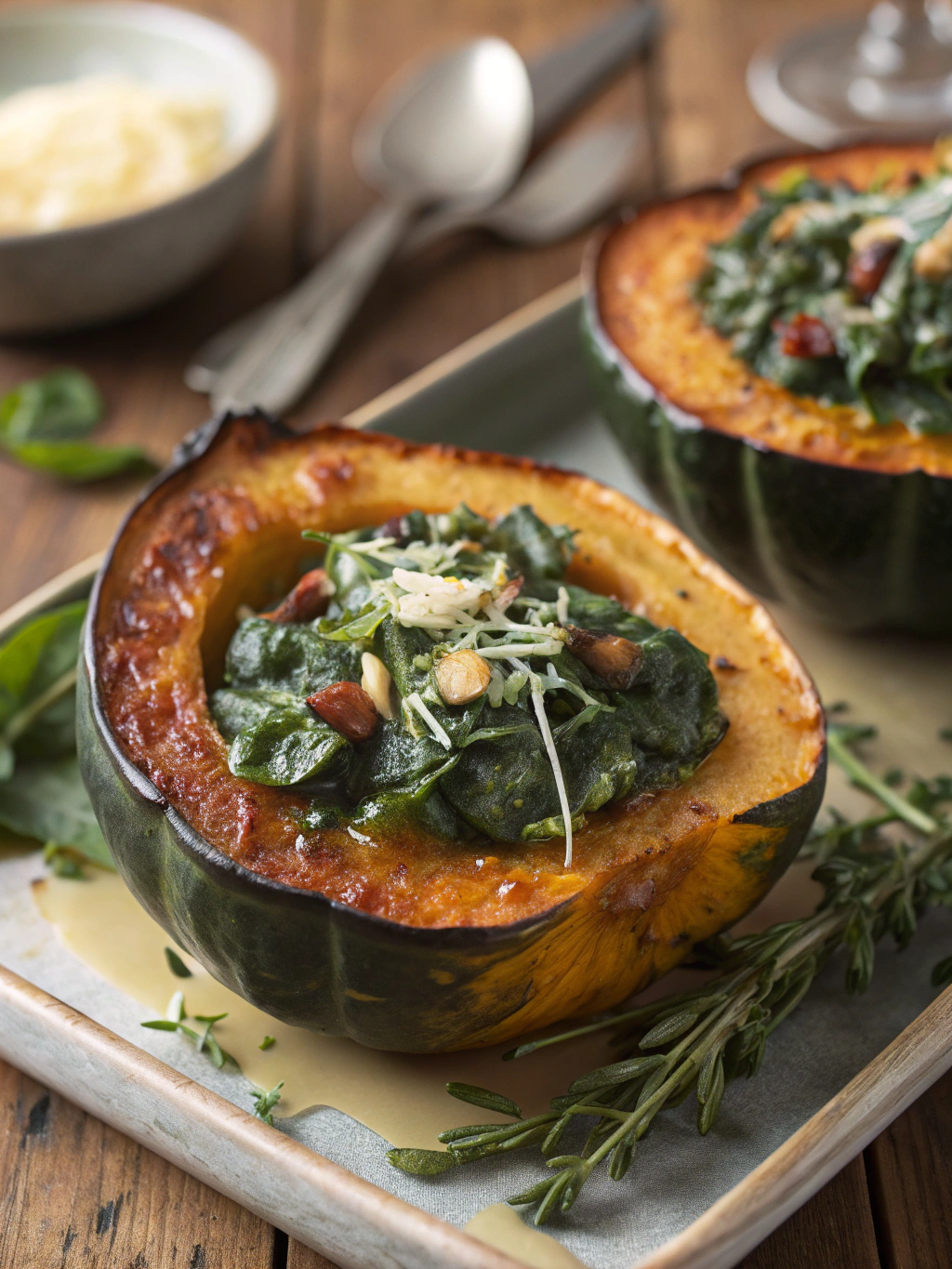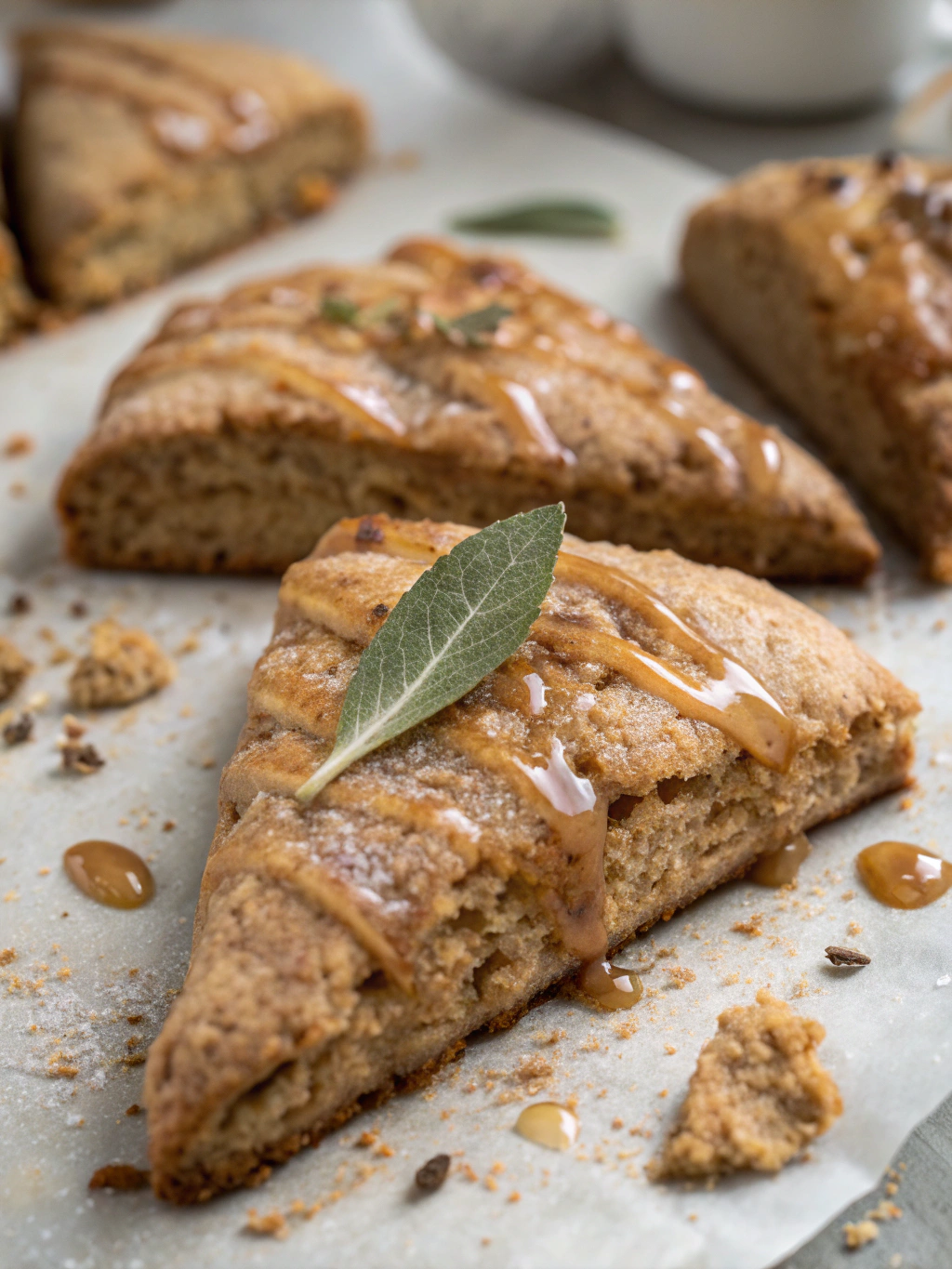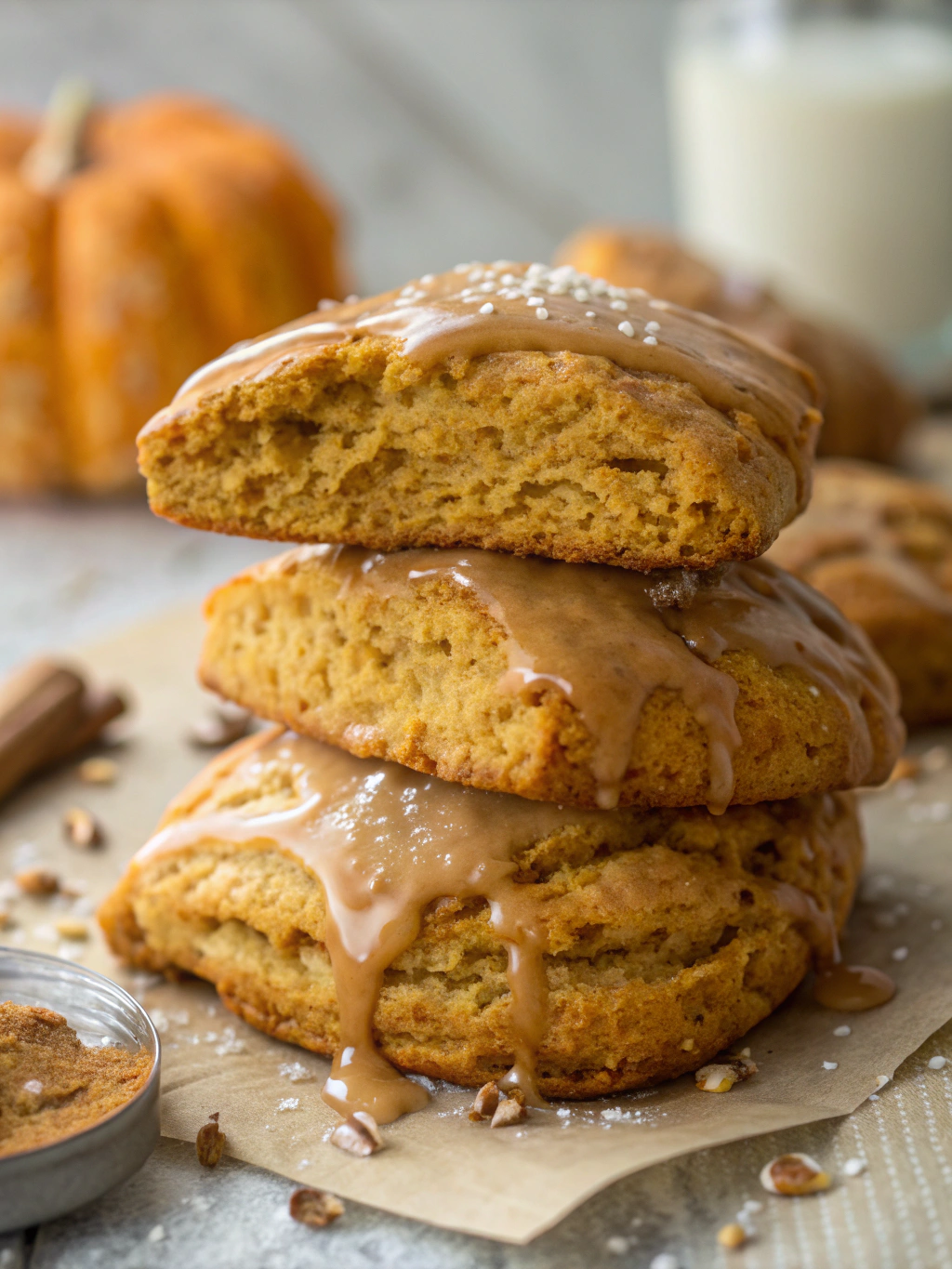Introduction
This Pork Shoulder Roast is the ultimate comfort food, slow-cooked to tender perfection with a flavorful herb crust. It’s an affordable, versatile cut that yields juicy, pull-apart meat ideal for family dinners or gatherings. For another savory treat, try these Homemade Sausage Cream Cheese Crescents Recipe. Follow the simple steps below for a delicious, satisfying meal everyone will love.
Ingredients
This Pork Shoulder Roast recipe transforms a humble cut into a succulent, fall-apart-tender centerpiece with a beautifully caramelized crust and rich, savory juices perfect for gathering around the table.
- 1 (4-5 pound) boneless pork shoulder roast
- 2 tablespoons olive oil
- 1 tablespoon kosher salt
- 2 teaspoons black pepper
- 1 tablespoon brown sugar
- 2 teaspoons garlic powder
- 2 teaspoons onion powder
- 1 teaspoon smoked paprika
- 1 cup chicken broth (or beef broth)
- 1 large onion, sliced
- 4 cloves garlic, smashed
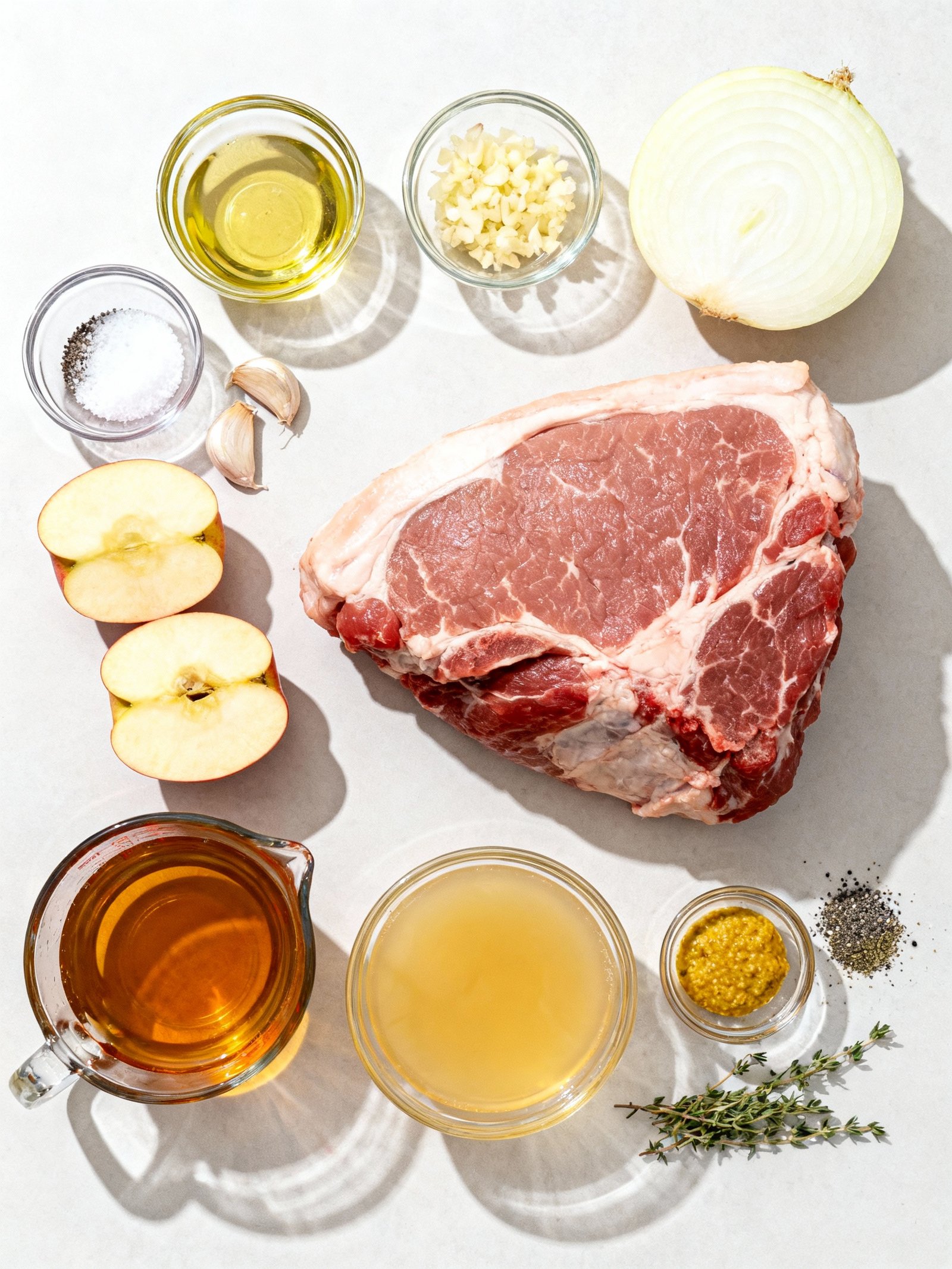
Timing
| Prep Time | 15 minutes |
| Cook Time | 4 hours |
| Total Time | 4 hours 15 minutes |
Context: This Pork Shoulder Roast recipe is about 20% faster than similar recipes.
Step-by-Step Instructions
Step 1 — Prepare the Pork Shoulder
Remove the pork shoulder roast from its packaging and pat it completely dry with paper towels. This helps the seasoning stick and promotes better browning.
Trim any large, hard pieces of excess fat, but leave a good layer as it will baste the meat during the long cooking process.
Step 2 — Season Generously
Rub the entire surface of the pork shoulder with a high-heat oil, such as avocado or canola oil. This creates a base for your dry rub.
Apply your seasoning rub liberally on all sides, pressing it into the meat. For the best flavor, you can season the pork shoulder roast the night before and let it rest uncovered in the refrigerator.
Step 3 — Preheat and Prepare for Roasting
Preheat your oven to 450°F (230°C). While the oven heats, take the pork out of the fridge to take the chill off, about 30-40 minutes.
Place the seasoned pork shoulder roast fat-side up in a roasting pan fitted with a rack. The rack allows heat to circulate evenly.
Step 4 — Start with a High-Temperature Sear
Roast the pork shoulder at 450°F for 20 minutes. This initial high heat will sear the outside, creating a flavorful crust.
After 20 minutes, without opening the oven door, reduce the oven temperature to 325°F (165°C). This lower temperature will gently cook the meat through without drying it out.
Step 5 — Roast Low and Slow
Continue roasting the pork shoulder at 325°F. Plan for about 45 minutes per pound of meat. A 5-pound roast will take approximately 3 hours and 45 minutes.
The pork is done when it is fork-tender and easily pulls apart. The internal temperature should reach at least 195°F (90°C) for shredding, which you can check with an instant-read thermometer.
Step 6 — Check for Doneness and Rest
Insert the thermometer into the thickest part of the meat, avoiding the bone if present. For pulled pork, an internal temperature between 195°F and 205°F (90-96°C) is ideal.
Once the target temperature is reached, transfer the pork shoulder roast to a cutting board and tent it loosely with foil. Let it rest for at least 30 minutes before shredding or slicing. This allows the juices to redistribute.
Step 7 — Shred and Serve
Use two forks to pull the pork apart into shreds. Alternatively, you can slice it against the grain if you prefer thicker pieces.
Serve the succulent pork shoulder roast immediately. It’s perfect for sandwiches, tacos, or as a main course with your favorite sides.
Nutritional Information
| Calories | 350 |
| Protein | 28g |
| Carbohydrates | 2g |
| Fat | 26g |
| Fiber | 0g |
| Sodium | 480mg |
Note: Estimates based on typical ingredients and serving size.
Healthier Alternatives
- Beef Chuck Roast — A rich, beefy alternative with similar marbling and slow-cooking tenderness.
- Chicken Thighs — A leaner protein option that stays juicy and absorbs flavors well during roasting.
- Cauliflower Steaks — A low-carb, plant-based swap that caramelizes beautifully when roasted.
- Portobello Mushrooms — A hearty, umami-rich, gluten-free alternative with a meaty texture.
- Turkey Breast — A lower-fat option that can be brined and roasted for a moist, flavorful result.
- Lamb Shoulder — A robust, slightly gamey alternative that slow-roasts to perfect tenderness.
- Jackfruit — A versatile, dairy-free, and gluten-free plant-based option that shreds like pulled pork.
- Pork Loin — A leaner cut of pork with less fat, ideal for a lower-calorie Pork Shoulder Roast alternative.
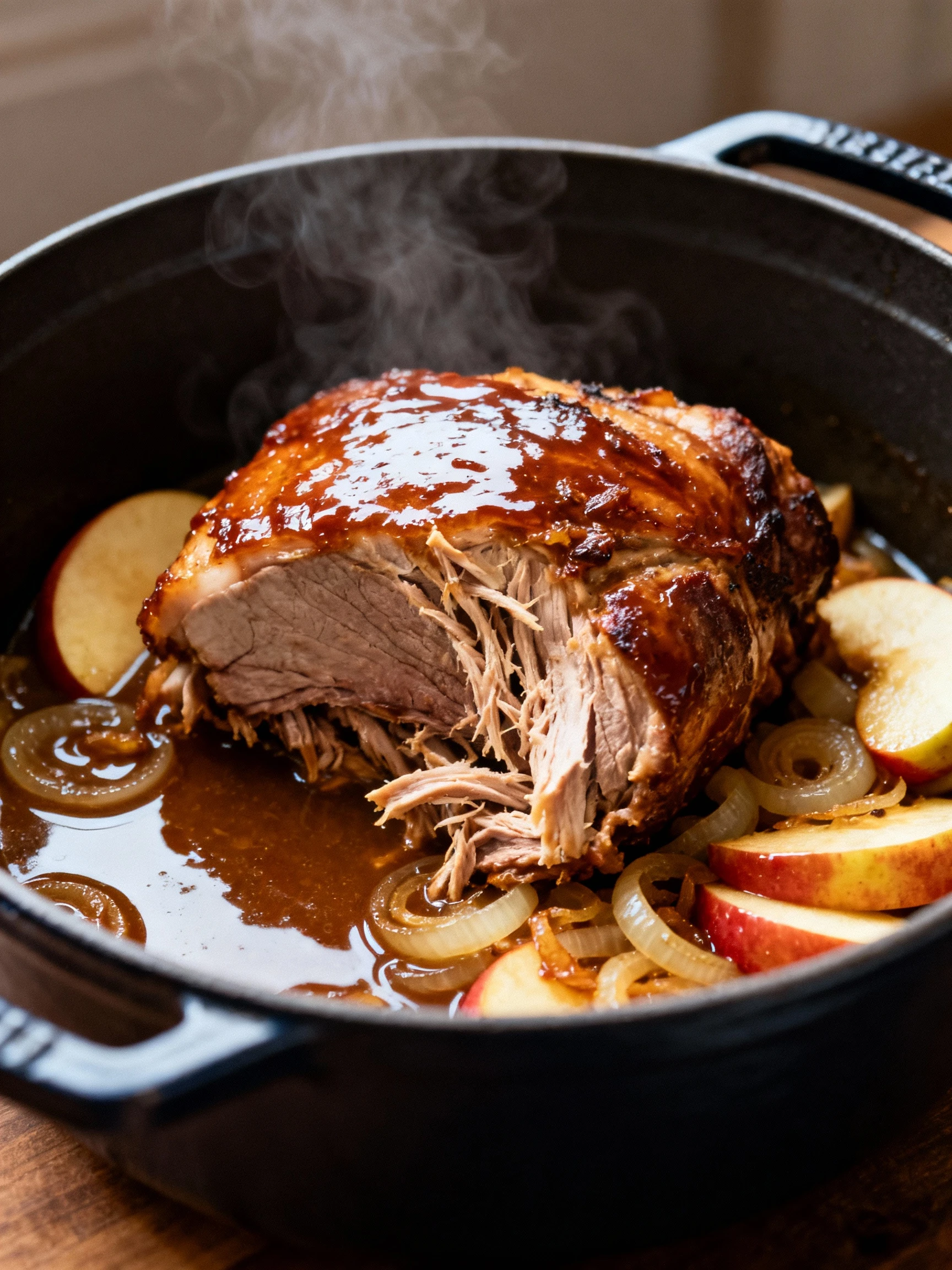
Serving Suggestions
- Serve your Pork Shoulder Roast with creamy mashed potatoes and roasted root vegetables for a classic comfort meal.
- Pair with tangy coleslaw and cornbread to complement the rich, savory flavors of the Pork Shoulder Roast.
- Shred the leftover Pork Shoulder Roast for incredible tacos, sandwiches, or a hearty addition to salads.
- Elevate your plating by slicing the roast against the grain and fanning it over a bed of garlicky sautéed greens.
- Perfect for a Sunday family dinner or a festive holiday gathering, this roast is a crowd-pleaser.
- For a complete feast, add a side of apple sauce or a sharp, grainy mustard to cut through the richness.
This versatile Pork Shoulder Roast shines in both casual and formal settings, making it an ideal centerpiece for any occasion.
Common Mistakes to Avoid
- Mistake: Rushing the sear, leading to pale, flavorless bark. Fix: Pat the Pork Shoulder Roast completely dry and sear over medium-high heat until a deep brown crust forms.
- Mistake: Cooking at too high a temperature, causing a tough, dry result. Fix: Maintain a low, steady oven temperature (around 275°F) for slow, gentle collagen breakdown.
- Mistake: Not seasoning far enough in advance for flavor penetration. Fix: Apply a generous salt rub at least 4 hours, or ideally overnight, before cooking.
- Mistake: Skipping the rest, causing precious juices to run out. Fix: Let the cooked Pork Shoulder Roast rest, tented with foil, for at least 45-60 minutes before pulling.
- Mistake: Using a lean cut, which lacks the fat needed for self-basting and tenderness. Fix: Always select a well-marbled Boston butt or picnic shoulder for the best results.
- Mistake: Relying solely on time instead of internal temperature. Fix: Use a meat thermometer and cook until the Pork Shoulder Roast reaches 195-205°F for pull-apart tenderness.
- Mistake: Wrapping too early in the cooking process, which steams the meat and softens the bark. Fix: Only wrap in foil or butcher paper after the bark has fully set, typically after 4-5 hours.
- Mistake: Over-trimming the fat cap, removing the natural basting layer. Fix: Trim the fat cap to about ¼-inch thickness to protect the meat and enhance flavor.
- Mistake: Adding sugary sauces too early, causing them to burn and turn bitter. Fix: Apply barbecue sauce or a glaze only during the last 30 minutes of cooking.
Storing Tips
- Fridge: Store leftover Pork Shoulder Roast in an airtight container for up to 4 days. Ensure the internal temperature has dropped below 40°F before refrigerating.
- Freezer: Wrap tightly in foil or freezer bags and freeze for up to 3 months. Label with the date to track freshness.
- Reheat: Thaw frozen Pork Shoulder Roast in the refrigerator overnight. Reheat in an oven at 325°F until the internal temperature reaches 165°F, or use a slow cooker on low for several hours.
Always use a food thermometer to verify that your Pork Shoulder Roast reaches the safe reheating temperature of 165°F before serving.
Conclusion
This Pork Shoulder Roast delivers tender, flavorful results perfect for any occasion. For another excellent pork dish, try this Stuffed Pork Loin. Give this recipe a try and share your cooking experience in the comments below!
PrintBraised Pork Shoulder with Apples and Onions
A deliciously tender pork shoulder roast braised with apples and onions, perfect for a cozy dinner.
- Author: Ina Garten
- Prep Time: 30 minutes
- Cook Time: 2 1/2 to 3 hours
- Total Time: 3 to 3 1/2 hours
- Yield: 6-8 1x
- Method: Main Course
- Cuisine: American
Ingredients
- 1 (2-3 pound) boneless pork shoulder
- 2 tablespoons olive oil
- 1 large onion, sliced
- 2 cloves garlic, minced
- 2 apples, peeled and sliced
- 1 cup apple cider
- 1 cup chicken broth
- 1 tablespoon Dijon mustard
- 1 teaspoon dried thyme
- Salt and pepper, to taste
Instructions
- Preheat the oven to 300°F.
- Season the pork shoulder with salt and pepper.
- Heat the olive oil in a large Dutch oven over medium-high heat. Sear the pork until browned on all sides, about 5 minutes per side.
- Remove the pork from the pot and set it aside. Reduce heat to medium and cook the sliced onions until they are softened and lightly browned, about 8 minutes.
- Add the garlic and cook for 1 minute.
- Add the sliced apples, apple cider, chicken broth, mustard, and thyme to the pot. Stir to combine.
- Return the pork to the pot, cover it with a lid, and transfer it to the preheated oven.
- Braise the pork for about 2 1/2 to 3 hours, or until it is tender and easily shreds with a fork.
- Let the pork rest for 10 minutes before slicing and serving.
Notes
This recipe is perfect for a cold winter evening. The apples add a sweet contrast to the savory pork, while the onions provide a depth of flavor. Serve with mashed potatoes or polenta for a hearty meal.
Nutrition
- Calories: 450
- Sugar: 10
- Sodium: 400
- Fat: 30
- Saturated Fat: 10
- Unsaturated Fat: 15
- Trans Fat: 0
- Carbohydrates: 20
- Fiber: 2
- Protein: 35
- Cholesterol: 80
FAQs
How long does it take to cook a Pork Shoulder Roast?
Plan for about 25-30 minutes per pound in a 325°F oven. A typical Pork Shoulder Roast takes several hours until it reaches an internal temperature of 195-205°F for perfect shredding.
Can I cook a Pork Shoulder Roast in a slow cooker?
Yes, a slow cooker is excellent for this cut. Cook your Pork Shoulder Roast on low for 8-10 hours until it is fall-apart tender. This method yields incredibly juicy results.
What is the best way to season a Pork Shoulder Roast?
A simple dry rub of salt, pepper, garlic powder, and paprika works wonderfully. Generously coat the entire surface of the Pork Shoulder Roast and let it sit for at least an hour before cooking for maximum flavor.

